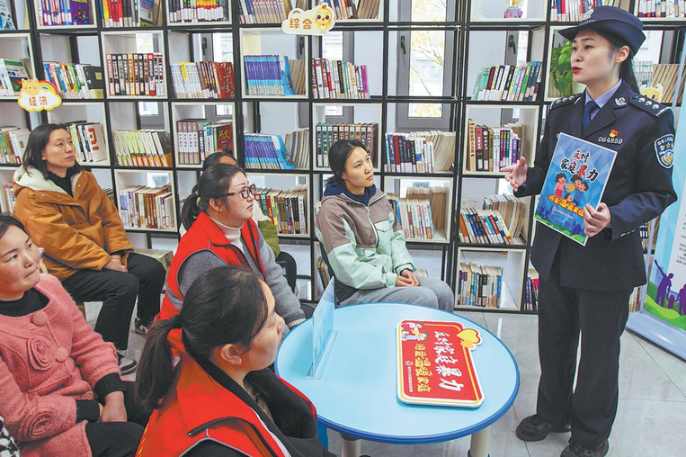A plan for all seasons
By Yang Feiyue | China Daily | Updated: 2020-03-23 07:52

"The intention was to ensure an accurate reflection of the realities of the city, to ensure the framework is all-inclusive and practical," he says.
Cheshmehzangi checked what measures were in place or where they were needed, and the existing impact on the multiple sectors and systems of the city.
He then proposed suggestions for things, such as management of entry and exits to public places, public mobility and group gatherings.
Cheshmehzangi also prepared for the worst possible scenario in his framework, which was to have neighborhood-level provision of special medical units specifically for receiving and treating suspected cases and infected patients.
"This is to ensure the regular operations of hospitals are fully maintained," he says.
He felt relieved that the city's situation did not worsen any further, thanks to the precautionary measures taken by the local government.
Ningbo had less than 160 cases of infection at the peak time of the outbreak.
"We have to think positively or else the sense of fear becomes more dangerous than the virus."
Even when the situation was severe, he didn't think about leaving Ningbo.
"This is where I live, and with the control measures being taken, the campus is the safest place we could be," Cheshmehzangi says.
In recent years, Cheshmehzangi and his team have completed several research projects that have played a positive role in developing local policies and new urban planning practices. Most recently, he has worked with the National Development and Reform Commission on the completion of guidelines for low carbon and climate resilient urban development in China as part of the 14th Five-Year-Plan (2021-25).
In 2012, he began jointly working on a project with Siemens and Arup that led to the development of the first Resilient City Toolkit, which was then made available as an open-source document of 60 pages.
Shortly after Cheshmehzangi submitted his framework proposal, Ningbo Urban Infrastructure Development Centre replied.
"We are very interested in your Comprehensive Urban Resilience Framework and related concepts. It is gratifying that the measures we have taken in this incident coincide with the contents of many indicators in your framework, which shows that there is a great potential to implement this resilient city framework in Ningbo," the letter read.
Cheshmehzangi considers the response "heartening and very rewarding at the same time".
"As academics, our research should reflect any situation we may face, and if we can support our community, we must not hesitate to do so," he says.
Speaking about his future plans, Cheshmehzangi says he will continue working on cutting-edge research and supporting China's sustainable development.
"I am fully engaged with local culture and social activities, and I hope I can play a part in China's progress in my field of research too.
"China has gone through the journey of sustainable development in only 10 years; this means at least three times faster than most developed nations.
"In China, there are many initiatives and advanced approaches to new forms of urban development and urbanism. China has already become a leading country in many of these initiatives."
























